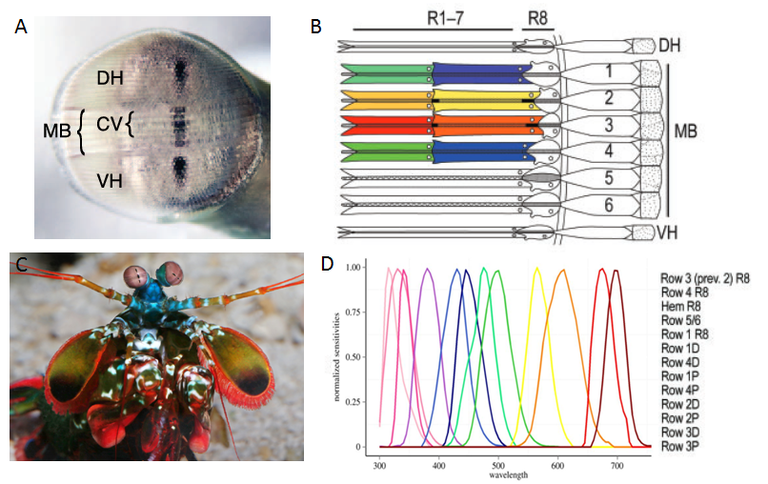Dr. Alina Pushkarev
|
|
Room: 404 Email: alinadrusilla@gmail.com Tel: (030) 2093 98276 |
Main interest: Expression and characterization of long-wave absorbing rhodopsins from various origins, as well as developments and optimization of high throughput expression methods.
Absorbing rhodopsins at the far end of the visible spectrum are important for our understanding of photobiology and for use in the field of optogenetics for modulating neuronal activity by expressing light-activated membranal proteins in otherwise blind neurons. Far-red absorbing rhodopsins are useful since the red wavelengths penetrate the tissue and scatter more in the neuronal tissue. Far-red absorbing rhodopsins are scarce in nature, and one of their bearers are stomatopod crustaceans (a famous member is the peacock mantis shrimp), which can detect wavelengths ranging from UV (310 nm wavelength) to the infrared (beyond 700 nm) by using different rhodopsins. I intend to express stomatopod rhodopsins in a mammalian system and characterize them biochemically, as well as develop a directed method for isolating additional specifically far-red absorbing rhodopsins from stomatopod visual organs.

Publications
Pushkarev, A., Inoue, K., Larom, S. et al. A distinct abundant group of microbial rhodopsins discovered using functional metagenomics. Nature 558, 595–599 (2018). https://doi.org/10.1038/s41586-018-0225-9
Pushkarev, A., Béjà, O. Functional metagenomic screen reveals new and diverse microbial rhodopsins. ISME J 10, 2331–2335 (2016). https://doi.org/10.1038/ismej.2016.7
Pushkarev A, Hevroni G, Roitman S, Shim J-g, Choi A, Jung K-H and Béjà O. The Use of a Chimeric Rhodopsin Vector for the Detection of New Proteorhodopsins Based on Color. Front. Microbiol. 9:439. (2018) https://doi: 10.3389/fmicb.2018.00439
